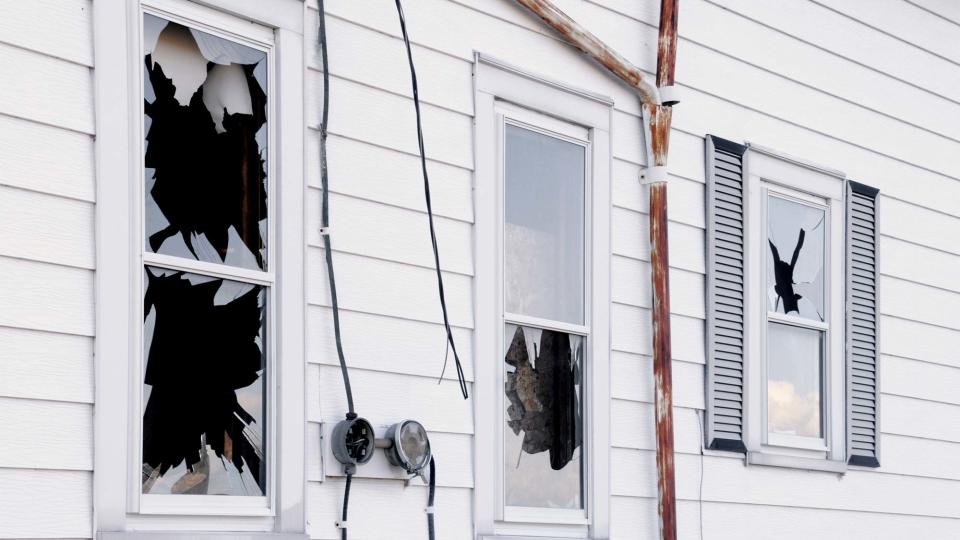What Is a Constructive Eviction? A Rental Gone Very, Very Wrong
James Brey/iStock
Most renters have certainly heard of eviction—the dreaded process in which a landlord kicks out a tenant for not paying rent or some other major infraction. But what is a constructive eviction?
That’s a whole different ballgame, where a landlord essentially “evicts” a tenant by not fixing an uninhabitable rental. And while “constructive” may sound like a positive word, it’s not. It means the landlord is failing to fulfill his legal duty.
Constructive eviction is rare, but tenants who face this dire scenario should know their rights, and how to fight back.
How constructive evictions work
“A common way landlords attempt to force out tenants would be by failing to provide heat in the winter,” says Brooklyn Law School professor David Reiss. Other ways a landlord could run into constructive eviction territory include turning off the water supply or failing to clean up flaking lead paint or toxic mold.
Constructive evictions are uncommon, because most landlords will usually help tenants with an issue. Or, if they are reluctant at first, they’ll eventually reach a compromise with a tenant through the court system, says Boston attorney Robert Pellegrini.
As such, tenants should attempt to work through any problems with the landlord first. That said, if a property owner won’t budge and the living environment puts a renter in harm’s way, a tenant can pursue a constructive eviction claim.
How to file a constructive eviction claim
Unfortunately, tenants can’t file a constructive eviction claim if their floors creak or if their walls are painted a hideous shade of avocado green.
“More minor conditions like peeling (nonlead) paint, stuck windows, and drafty doors would be weak bases for a claim,” says Reiss.
Pellegrini agrees, adding, “The standards are very high for this, because you’re basically asking the court to conclude that the landlord essentially evicted you when he hasn’t.”
Here are five things a tenant must demonstrate to an attorney to prove a constructive eviction:
Your landlord owed you (the tenant) a duty, such as providing heat in the winter or a residence free from toxic mold.
The landlord neglected the duty.
The apartment became uninhabitable as a result of the neglect.
You gave the landlord notice of the neglect and time to take care of it.
You left the apartment within a reasonable amount of time after the landlord’s failure to fix the issue.
The tenant must give the landlord only one notice of any issues at hand.
“If you’re talking about a toxic situation, you should ask once and seek immediate removal from the apartment, storage of your things, and an alternate place to live,” says Pellegrini.
To file a successful claim of constructive eviction, tenants should gather all evidence of the issue. Make sure to document everything, including photos, videos, statements from health inspectors, and all communication with the landlord regarding the issue.
It’s also important to note that you have to leave the premises in order to prove a constructive eviction. And while it may be possible to withhold rent after you’ve moved out, you may have to pay it later if you don’t win your claim.
If you do win, however, you will be able to terminate your lease and move on to more livable quarters. To weigh whether a construction eviction lawsuit is the right avenue for you, consult the housing courts in your area. You can also call the U.S. Department of Housing and Urban Development’s Multifamily Housing Complaint Line toll-free at (800) MULTI-70.
—————
Watch: Is It Smarter to Rent or Buy?
The post What Is a Constructive Eviction? A Rental Gone Very, Very Wrong appeared first on Real Estate News and Advice - realtor.com.

 Yahoo Finance
Yahoo Finance 

